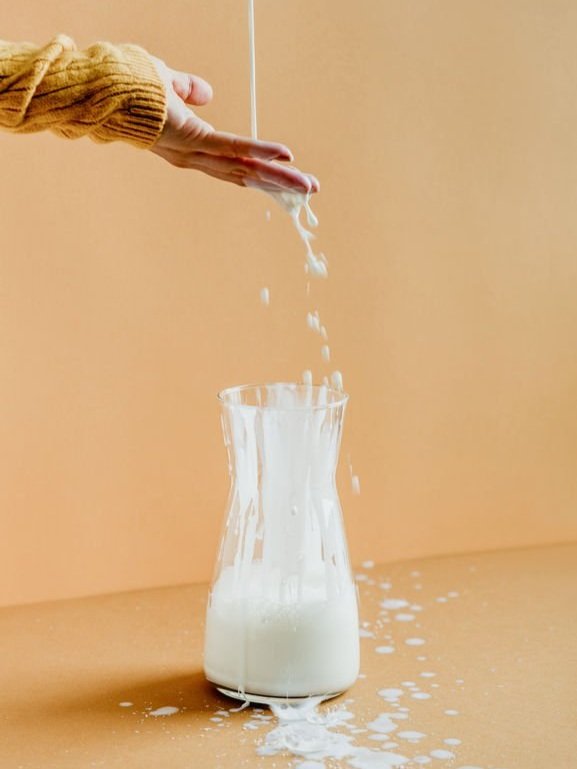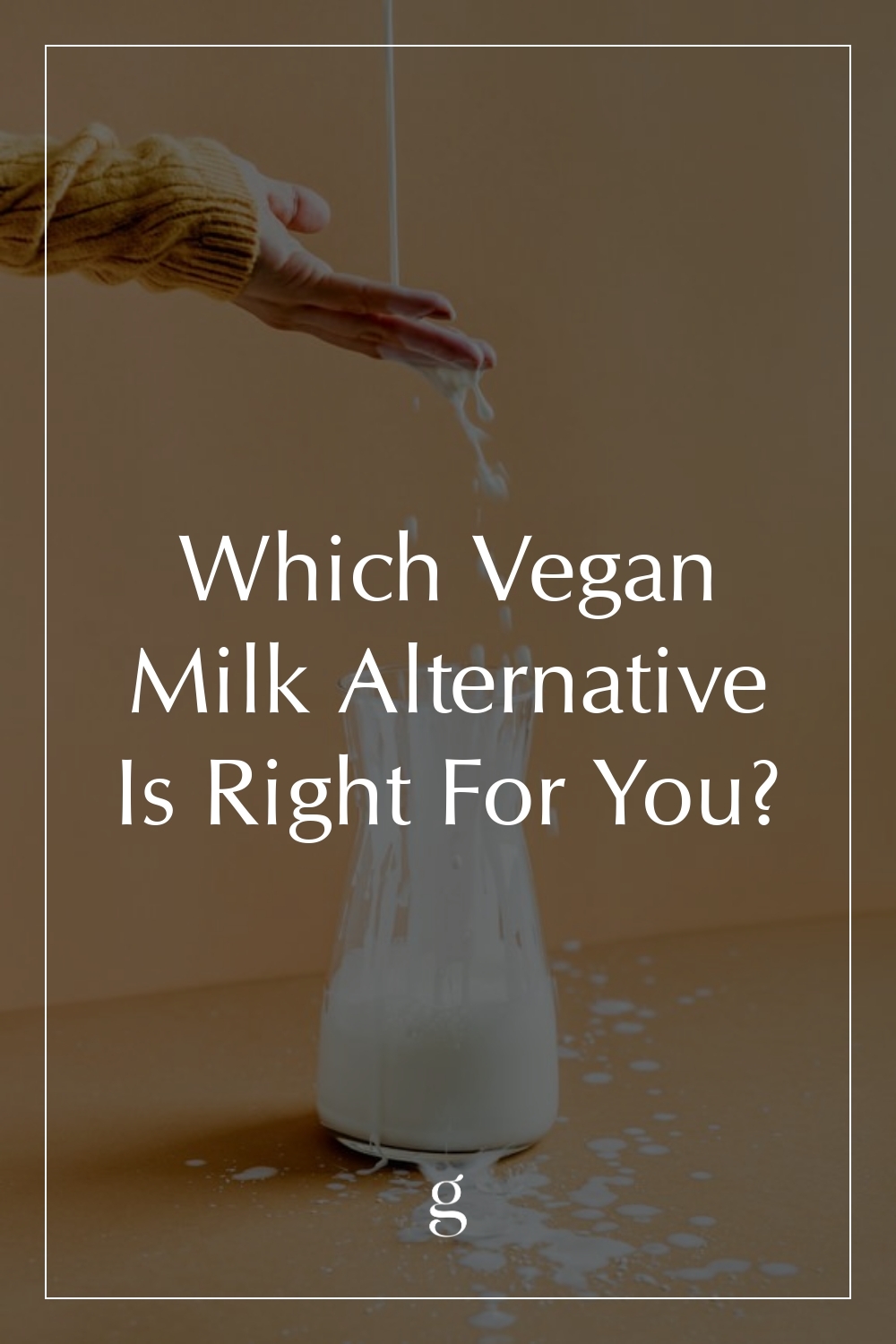
Which Vegan Milk Alternative Is Right For You?
Dairy-Free Milk Alternatives
Growing up, I was convinced that I needed cow’s milk to build strong bones and have a healthy diet. It wasn’t until much later when my mom started purchasing soy milk that I realized there were other options that were more environmentally conscious—and still healthy. The dairy industry is very environmentally degrading, uses tremendous amounts of water, and emits greenhouse gases into the atmosphere.
Thankfully, there are new options of milk alternatives on the market, from almond to even milk made from rice—each with their own pros and cons. If you’re looking to replace cow’s milk or try another milk alternative, here’s a quick guide to a few popular options and their impact on your health and the environment.
1. Soy
Soy milk is one of the most naturally nutritional milk alternatives that is low in fat and cholesterol-free. While it doesn’t have calcium like regular milk, you can easily find options in store with added calcium, extra protein and vitamins. Soy milk is an easy baking or cooking substitute, where you’ll end up with a similar finished product with only a slight variation in taste.
One thing to consider when using soy milk is the global environmental impact of soy production. It is water intensive and rainforests around the world have been destroyed to make room for more soy. As the soy industry grows, a lot of soy is genetically modified and treated with pesticides. If you’d like to add soy milk to your diet, try to look for organic brands made locally to decrease your environmental impact.
2. Almond
Almond milk has 50% fewer calories than regular dairy milk. It’s also versatile and can be used in smoothies, with your cereal, and even for regular cooking. It’s gluten-free and works best for desserts and drinks. Nutritionally speaking, almond milk actually loses most of the protein that almonds have and lacks calcium—don’t worry, you can purchase enriched almond milk that contains those things and high amounts of Vitamin D. If you choose non-fortified options, make sure you’re getting those key vitamins elsewhere in your diet.
Environmentally, almonds are incredibly water-intensive in comparison to the other alternatives. It takes around 1 gallon of water to produce 1 almond. U.S. almonds are grown primarily in California, which is particularly concerning during periods of drought. However in comparison to dairy from cows, they’re still a better option environmentally and use less water.
3. Coconut
Coconut milk is made from the liquid of coconut flesh and is a popular and creamy addition to meals—it’s great for making curries, soups, vegan ice-cream, and coffee creamer. You can also find coconut yogurt in store and coconut makes for great vegan cheese! It’s naturally sweet and is very low in carbohydrates.
One of the best things about coconut milk is its low environmental impact, especially in comparison to soy and almond milk. The more coconut trees that are planted, the more carbon that’s captured from the environment. This helps reduce the negative impact of greenhouse gases in the atmosphere and enriches the soil.
4. Oat
Oats can be used to fight bad cholesterol, and these nutrients are still present in oat milk. Oat milk also contains vitamin D naturally and you can find fortified oat milk with added vitamins. It’s also simple to make at home by blending oats with water and filtering with a cheesecloth. It’s very creamy in texture and is great for cooking, smoothies, and coffee, but isn’t the best consistency for whipped dishes or desserts.
Environmentally, oats don’t need as much water as other plant-based milk alternatives. Almond milk takes six times as much water to produce and the oat industry overall is more sustainable since it produces less carbon during production. Oat milk is one of the lower environmental impact options of this list!
5. Rice
Rice milk is a great alternative for people who have nut allergies and are looking for a taste that’s close to regular milk. I personally think it’s the most similar in flavor to regular dairy, but it is significantly thinner. It’s made easily by boiling rice and adding a sweetener (if desired). Rice milk’s texture works well with soups and sauces, but may be too sweet for savory dishes. Since it’s so thin, it can be difficult to substitute when baking without added flour or something to thicken.
Rice production does require a lot of water and is concerning during periods of drought. But, due to the long history of rice production globally, farmers have developed sustainable practices and irrigation systems to keep the environmental impact down.
Leah Thomas is a contributing writer at The Good Trade with a passion for wellness, inclusion and the environment. She works on the communications team at Patagonia and is a sustainable living blogger at Green Girl Leah. You can connect with her on Instagram @GreenGirlLeah





